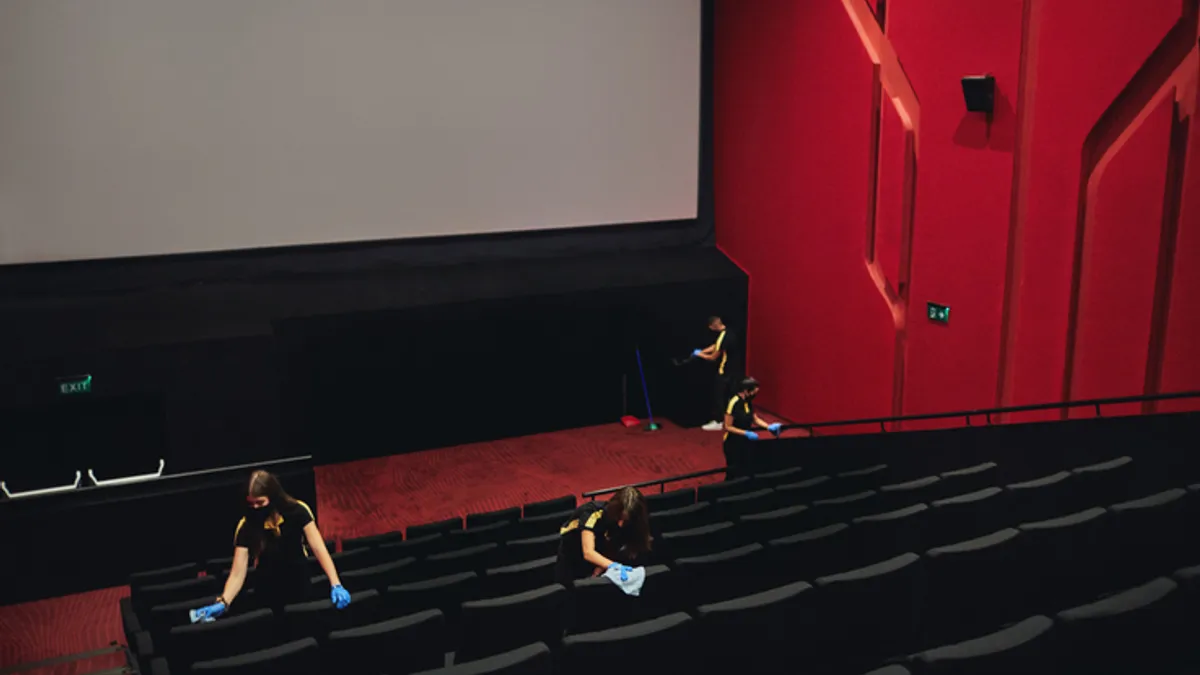Editor’s note: Katie Clarey is a regular freelancer with HR Dive. Her column, Back to Basics, began four years ago, when she started covering employment law. If you’re new to HR (or just need a little refresher), follow along as she speaks with legal experts, peruses federal guidance and lays out the basics of federal employment law. Feel free to send tips, questions and feedback to [email protected].
There’s a lot to pay attention to right now at the U.S. Department of Labor. Julie Su, President Joe Biden’s pick for the next labor secretary, is waiting for her confirmation process to unfold. Su is currently deputy secretary and previously served as the labor secretary of California, where she increased state minimum wage and supported workplace safety standards.
As employers mull possible changes from Su, they anticipate two updates from DOL’s Wage and Hour Division. The first change is an independent contractor rule, which is expected to be published in May, according to the latest regulatory agenda. If finalized, it’s expected that employers will need to re-classify some independent contractors as employees. The second change is a new salary threshold for overtime eligibility, also expected in May.
DOL’s Occupational Safety and Health Administration also vies for employers’ attention. The agency has an active rulemaking docket, which includes forthcoming standards on infectious disease, heat stress and lock-out/tag-out procedures, to name a few.
There’s more — much more — going on at DOL for employers to watch, depending on their industry. The wide range of rules and enforcement initiatives speaks to the agency’s breadth: DOL and its numerous sub-agencies administer more than 180 federal laws, which cover some 150 million workers and 10 million workplaces.
How can employers comply with the agency’s requirements, given the multitude of statutes? This is an important question, according to Patrick Dalin, of counsel at Fisher Phillips.
“DOL regulates a vast array of things, everything from wages, to safety, to benefits,” Dalin said. “The cost of noncompliance can be high.”
Of course, actions that constitute noncompliance and the penalties they incur vary from program to program, Dalin noted. But in every area, employers can expect investigations and litigation to come with a big price tag. “Keeping track of what DOL’s guidance is and what its enforcement initiatives are can help a company stay out of those areas of trouble,” Dalin said.
DOL: An overview
President William Howard Taft signed the act creating DOL on March 4, 1913, according to the agency. In its infancy, DOL consisted of five departments: the U.S. Conciliation Service (which mediated labor disputes), the Bureau of Labor Statistics, the Bureau of Immigration, the Bureau of Naturalization and the Children’s Bureau.
DOL has grown to include many more sub-agencies, each with its own purpose and team. But its overarching mission remains remarkably similar to the one crafted in 1913. The department’s current, stated mission is: “To foster, promote, and develop the welfare of the wage earners, job seekers, and retirees of the United States; improve working conditions; advance opportunities for profitable employment; and assure work-related benefits and rights.”
As DOL carries out this mission, employers are most likely to interact with the parts of DOL that pertain to their industries. From a general industry perspective, said Dalin, employers are most likely to have run-ins with WHD and OSHA.
WHD enforces several employment laws, including the Fair Labor Standards Act, which levies requirements on employers such as the federal minimum wage, overtime pay, recordkeeping and child labor requirements. The division also enforces the statutes like the Family and Medical Leave Act, the Migrant and Seasonal Agricultural Worker Protection Act and the Employee Polygraph Protection Act, to name a few.
As the agency enforcing the Occupational Safety and Health Act, OSHA is responsible for developing workplace safety standards designed to prevent job-related accidents and illnesses. Unlike the U.S. Equal Employment Opportunity Commission (the agency that enforces federal workplace anti-discrimination laws), OSHA does not hold its own hearings. Instead, the Occupational Safety and Health Review Commission reviews contested citations or penalties.
The two sides of interacting with DOL
Employers’ interactions with DOL tend to fall into two camps, according to Dalin. The positive interactions tend to be preventive and proactive. Employers can find informative resources on the agency’s website, for instance, Dalin noted. These resources span the gamut of topics, including: interpretive guidance, education tools about employment laws and compliance assistance tools. They can also submit through counsel anonymous questions to DOL, which the agency may answer in public letters.
(It’s worth noting that DOL also has considerable guidance geared toward employees. It’s fairly active on social media platforms, including YouTube, where it has posted numerous videos explaining employee rights, heralding investigations and celebrating department milestones.)
Another interactive, positive way for employers to engage with DOL is commenting on proposed rulemakings.
“When they’re doing the rulemaking, for employers who can be impacted, they should participate in making comments,” Dalin said. “DOL, like every agency, has to consider those comments in finalizing their rule.”
Employers may find themselves interacting with DOL in a less pleasant way, of course, in the form of enforcement initiatives. “That’s a more concerning experience for employers,” Dalin said.
Should employers find themselves in such a situation, planning is key, Dalin said. Employers will want to plan to have a point person to interact with DOL and communicate with on-site managers. This person will also help track the exchange of information and coordinate employee interviews.
“You want to cooperate,” Dalin said. “But you also want to protect your rights. You want to keep track of the information you hand over.”





















